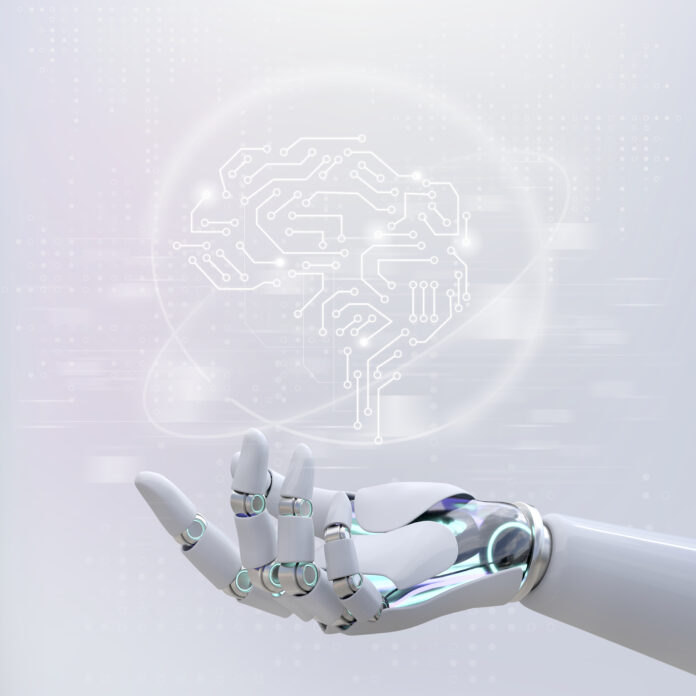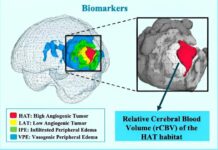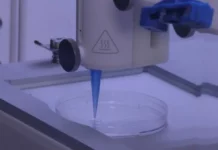Prosthetics for upper-limb amputation keep evolving as scientists figure out ways to make them more accessible and easy to use. Recently, however, scientists at the Cleveland Clinic have been able to create a prosthetic arm that can detect brain signals and translate them into movement. The idea there was to create such a seamless experience that the wearer does not feel that they are disabled.
To achieve this goal, the scientists focused on making sure to integrate a feedback system into the prosthesis that interacted with the ends of the amputated nerves to send and receive impulses. They tested this system on two volunteers, both of whom had previously received a reinnervation surgery that redirected the nerves from their amputated arms to their chests.
The chest was then covered by the prosthesis’ harness which contains nerve signal amplifiers. Whenever the volunteer thought of moving their arm, the harness would pick up nerve signals from the nerve endings and move accordingly.
This nerve impulse recognition is similar to another device we recently reported about: a low-cost 3D printed prosthetic arm that uses a pneumatic system to move its fingers.
A prosthetic arm that feels natural
The Cleveland clinic’s model has also been successful in helping the volunteers control their motor functions intuitively and also be able to “feel” the touching and gripping sensations.
“I know if something I’m holding is starting to slip away, or if I’m squeezing someone’s hand too hard,” explains study volunteer Claudia Mitchell, a U.S marine veteran who lost her arm in 2004. “Before, I could only tell by looking. These are things that may not seem like a big deal, but that really make a difference in someone’s life.”
According to the study’s lead investigator, Dr. Paul Marasco, (associate professor, Cleveland Clinic Lerner Research Institute’s Department of Biomedical Engineering), the prostheses’ feedback system can change lives.
“For the first time, people with upper limb amputations ‘think’ like an able-bodied person, which stands to offer prosthesis wearers new levels of seamless reintegration back into daily life.”
Furthermore, this study also provides insights into the brain’s “functionality”, which may help in creating other prostheses in the future.
Source: Cleveland clinic
https://my.clevelandclinic.org/patient-stories/253-bionic-prosthetic-arm-restores-sensation-for-marine-veteran
News Medical
https://www.news-medical.net/news/20210901/First-of-its-kind-bionic-arm-restores-natural-behaviors-in-patients-with-upper-limb-amputations.aspx




